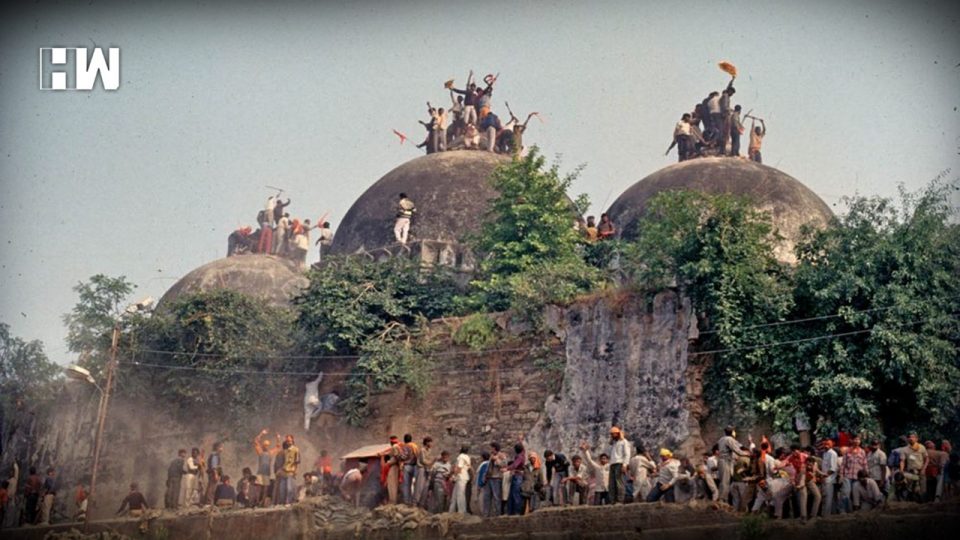In 2010, the Allahabad High Court had ruled that the 2.77-acre area of Ayodhya should be divided evenly into three parts.
New Delhi| A five-judge constitution bench of the Supreme Court will hear its verdict on the Ayodhya dispute today. a bench headed by Chief Justice Ranjan Gogoi will deliver the verdict at 10.30 am. After hearing the arguments of Hindu and Muslim parties for 40 days from August 6 to October 16, the bench had reserved the verdict.

The Allahabad High Court had asked to divide the disputed land into 3 parts
In 2010, the Allahabad High Court had ruled that the 2.77-acre area of Ayodhya should be divided evenly into three parts. One part met the Sunni Waqf Board, the other the Nirmohi Arena and the third Ramlala Virajman. 14 petitions were filed in the Supreme Court against the High Court verdict.
Here’s a look at the chronology of events
1528: According to historians, Babar came to India in 1526 to fight Ibrahim Lodi. Babar’s subedar Mirabaki built the Babri Masjid in Ayodhya in 1528.

1853: Sectarian violence erupts in Ayodhya for the first time during Nawab Wajid Ali Shah of Awadh. The Hindu community said that the mosque built demolishing the temple.

1949: The statue of Ram is installed under the central dome at the disputed site.

1950: Hindu Mahasabha’s lawyer, Gopal Vishad, filed an application in Faizabad District Court demanding the right to worship the Ram idol.

1959: Nirmohi Akhara asserts proprietary rights at the disputed site.

1961: The Sunni Waqf Board (Central) filed a petition in the court against the installation of the statue and asserts its rights on the mosque and the surrounding land.

1981: Sunni Central Waqf Board of Uttar Pradesh sues for ownership of land.

1985: The district court of Faizabad rejects Mahant Raghubir Das’s application to put an umbrella on Ram Chaubatre.

1989: Allahabad High Court asks for the status quo at the disputed site.

1992: Babri Masjid demolished in Ayodhya.

2002: The Allahabad High Court begins hearing on petitions filed against the proprietary rights of disputed structured land.

2010: Allahabad High Court in a 2: 1 judgement divided the disputed site equally between Sunni Waqf Board, Nirmohi Akhara and Ramlala in three parts.

2011: Supreme Court puts a stay on Allahabad High Court verdict

2018: Supreme Court begins hearing on various petitions filed on Ayodhya dispute.

August 6, 2019: The Constitution Bench of the Supreme Court begins hearing on the appeals of the Hindu and Muslim parties filed against the Allahabad High Court decision.

October 16, 2019: The hearing of the case is completed in the Supreme Court and order is reserved

https://www.youtube.com/watch?v=BamirAJ2C5Y
As an independent media platform, we do not take advertisements from governments and corporate houses. It is you, our readers, who have supported us on our journey to do honest and unbiased journalism. Please contribute, so that we can continue to do the same in future.

